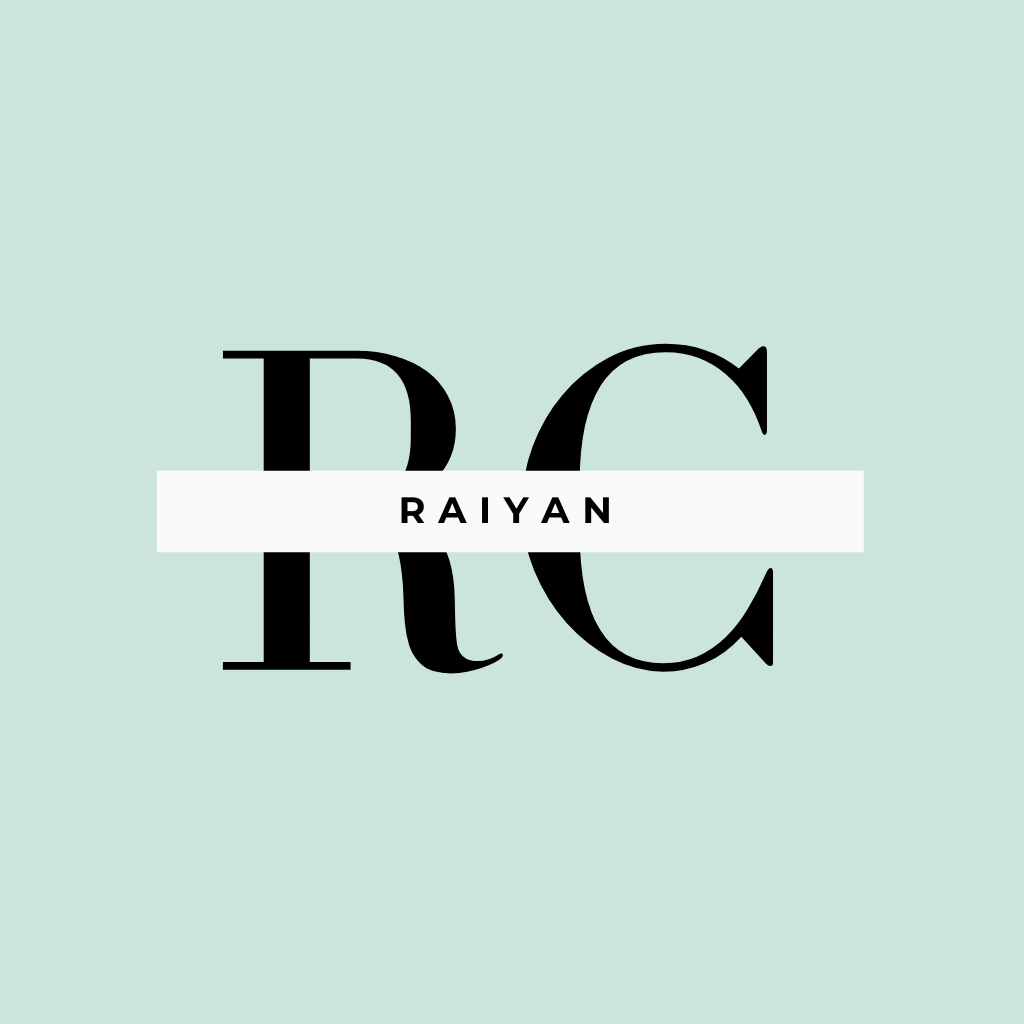
Choosing between Grok and Qwen depends on what you’re looking for:
If you’re a casual user or content creator on X (Twitter):
- Grok is better.
- It gives real-time, witty, and sometimes edgy responses.
- It’s great for conversational use, entertainment, and current events.
💡 Think of Grok as a chatbot with personality, attitude, and Elon Musk-style flavor.
If you’re a developer, business owner, or need multilingual/enterprise AI:
- Qwen wins.
- Open-source, customizable, and more neutral.
- Strong performance in coding, document summarization, and even image-related tasks (via Qwen-VL).
💡 Qwen is like the calm, powerful engine behind serious work – especially if you need Chinese-English language support or want to build your own AI products.
⚖️ Bottom Line:
| Use Case | Winner |
|---|---|
| Fun, edgy conversations | Grok |
| Real-time trending data | Grok |
| Enterprise or professional apps | Qwen |
| Multilingual capability | Qwen |
| Open-source and developer control | Qwen |
| Twitter/X integration | Grok |
Artificial Intelligence (AI) is evolving rapidly, and two notable names shaking things up in the AI landscape are Grok by xAI (Elon Musk’s AI company) and Qwen by Alibaba Cloud. These two powerful AI models are vying for dominance in the world of language models and chatbot technology. But how do they differ? Which one is better for certain use cases? Let’s dive into a detailed comparison of Grok and Qwen.
1. The Companies Behind the Models
Grok is developed by xAI, an AI company founded by Elon Musk in 2023. Grok is tightly integrated with X (formerly Twitter) and is designed with a rebellious, witty personality that aims to give users a more raw, unfiltered chatbot experience. Grok is available as part of the X Premium+ subscription, targeting users already active on the X platform.
On the other hand, Qwen is developed by Alibaba Cloud, the cloud computing arm of Chinese tech giant Alibaba. Qwen is short for “Tongyi Qianwen” (通义千问), which roughly translates to “a thousand questions with coherent answers.” It’s aimed at enterprise use cases and productivity tools, and has been made available in open-source formats for developers and businesses to build upon.

2. Model Architecture and Capabilities
Grok is based on a proprietary model called Grok-1, which reportedly has around 314 billion parameters. This makes it quite large and powerful, capable of tasks such as code generation, math problem solving, reasoning, and natural conversation. Grok is designed with an emphasis on real-time awareness, thanks to its integration with X (Twitter), allowing it to pull in current events and trending data.
Qwen, specifically Qwen-72B and Qwen-VL (vision-language), is also a large language model, built using transformer-based architecture similar to GPT. Qwen models are open-source, and Alibaba released both base and fine-tuned versions, giving researchers and businesses flexibility to adapt the models for specific needs.
Where Grok emphasizes personality and live data, Qwen focuses on multilingual support (especially Mandarin and English) and versatility across tasks like text generation, summarization, image captioning (via Qwen-VL), and code interpretation.
3. Personality vs. Professionalism
One of Grok’s standout features is its personality. Musk himself stated that Grok is designed to have a “bit of wit and a rebellious streak.” It often replies in a cheeky or sarcastic tone, aiming to feel less robotic and more conversational. This makes Grok entertaining but may not always be appropriate in professional settings.
Qwen, in contrast, is built to be more neutral, professional, and adaptive. Its tone is calm and business-friendly, making it suitable for enterprise applications, document processing, and customer service automation. It doesn’t aim to be entertaining but excels in utility and multilingual capabilities.
4. Accessibility and Ecosystem
Grok is currently available only via X Premium+, limiting access to users who are part of that platform. It’s tightly integrated with X, which is both a strength and a limitation—it’s powerful for users of the ecosystem but not as widely deployable outside of it.
Qwen’s biggest strength is its open-source availability. Developers can fine-tune and self-host the model, integrate it into websites, apps, or customer platforms without being locked into a subscription. It’s particularly strong in China and among companies that need custom AI tools.

5. Performance and Benchmarks
While Grok’s exact benchmark scores haven’t been fully disclosed publicly, Musk claims that Grok-1 performs competitively with GPT-3.5 and approaches GPT-4 in some tasks.
Qwen-72B, on the other hand, has shown strong performance in open benchmarks like MMLU and HumanEval, placing it among the top open-source LLMs. In coding tasks and reasoning, Qwen-72B is often compared favorably to Meta’s LLaMA 2 or Mistral models.
Final Thoughts: Which One is Better?
- Choose Grok if you want a lively AI with up-to-the-minute data and enjoy interacting on X. It’s great for conversational use and entertainment.
- Go with Qwen if you need a customizable, multilingual, open-source AI for business, development, or research. It’s more flexible and enterprise-ready.


Very important writings.
I liked the article very much.